Joaninha is 11 years old and lives in Alferce. With Isa, 12 years old, also a resident of the village, she is the youngest volunteer in the archaeological excavation campaign that took place, from the beginning of August until today, 2 September, on the hill of Castelo de Alferce.
Sitting on the ground, wearing gloves and holding a spike in her hand, Joaninha carefully excavates a small space in the area that is now known to have been the northern entrance to the fortified structure built during the XNUMXth-century Islamic-Umayyad occupation. -XI AD
By her side, the young woman has a small plastic bag, where she keeps the ceramic fragments that appear in the middle of the earth. Very concentrated, she suddenly notices a piece of pottery with an interesting shape, she gets up and goes to show it to one of the archaeologists, to see if it could be something important.
«There are many archeology students or even archaeologists who do not take the care that our Joaninha has with these ceramics», comments Fábio Capela, the archaeologist at the Municipality of Monchique and responsible for yet another campaign on the hill of Castelo de Alferce.
Joaninha, who passed to the 7th grade and studies at the EB 2,3 School in Monchique, in conversation with the Sul Informação, says: «I like digging and I like the people who are here. I can discover new things and I have already learned a lot from them». However, she confesses, her dream is not to be an archaeologist: «« I'm enjoying this, but what I want is to be a doctor ».
In addition to the two very young and dedicated volunteers, the work had the collaboration of several archeology students from the Universities of Algarve, Évora and Nova de Lisboa, as well as from the Simon Fraser University, in Canada.
There are also other volunteers, such as Ricardo Rato, geographer at the Monchique Chamber, who this year was only there two or three days a week, because he has “many more projects in the Chamber” to respond to.
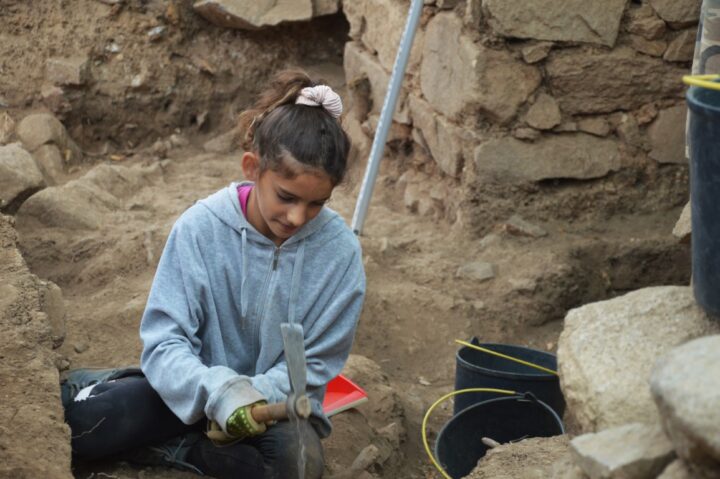
This summer's excavation campaign, within the scope of the Multiannual Research Project in Archeology entitled “From Recent Prehistory to the Islamic Medieval: ancient human occupations on the Cerro do Castelo de Alferce”, focused on three cores of work: one on the platform where thought there was vestiges of prehistoric occupation, another next to the walls, between the oldest and the most recent, and yet another in the area that had already been identified, in previous archaeological interventions, as the northern entrance to the fortified enclosure.
On a very foggy morning, Igor Dias and Joana Martins, both students at UAlg, are working on the platform with possible traces of prehistory.
Fábio Capela does not hide some frustration since, he points out, after opening an area for archaeological surveys, «we are not finding any structures. The problem is that this area, in the 80s, was completely ripped off for agriculture. There you can see the marks of the machines. If there was anything here, it might have been destroyed.”
«If we continue not to find any structure, we will suspend the work here and we will only return after new geophysical prospection, but with a magnetometer, which eventually gives us more data», explains the archaeologist.
On that platform, slightly below the castle hill, some remains have already been found in Recent Prehistory, namely in the Bronze Age (4nd millennium BC), that is, around XNUMX thousand years ago. «These lands have a lot of material, but no structures appear, so either these structures were completely destroyed and there are no traces of them left, or the land comes from another place», adds Fábio Capela.
Despite some disappointment over the lack of findings Joana Martins, who is taking part in the excavations of Castelo de Alferce for the third consecutive year, is not sad at all. «I dug Islamic in Cacela, I like it too. But Prehistory is a special taste », she confesses.
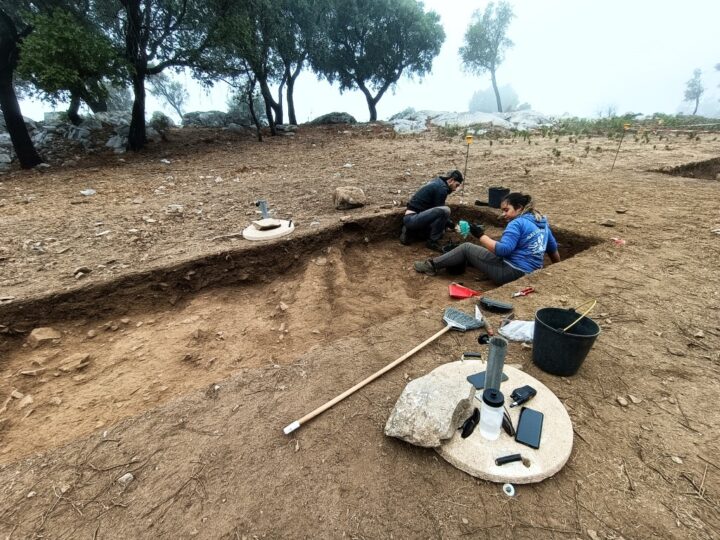
Further up, in the area next to the wall whose sector is coordinated by the Azorean Daniela Cabral, a student at UAlg, who studies fauna with professor Maria João Valente, the work began with a difficult task: removing a cork oak stump, whose roots penetrated the walls of Islamic structures, sometimes destroying them.
«It took a lot of work, but we managed and we are already having good results», says Fábio Capela. After removing the roots, it was possible to define the location of the wall of a «probable residential area associated with the second, the oldest, wall enclosure».
Looking at the more recent wall, which would be coated with light mortar, archaeologist Fábio Capela adds that it would have been «close to 3 meters high, I doubt it would be more». The section that is currently in view is about 1.95 m high, including 60 centimeters that were buried. About a meter of wall will have disappeared over the centuries, either because of natural collapses, for example caused by earthquakes, or due to the use of stone for other purposes.
But what worries the municipal archaeologist of Monchique is that «the mortar of this wall is falling apart», due to the action of air, rain, humidity, sun, weather. However, the mortars «will be subject to the intervention of a conservation and restoration technique, as soon as the DGPC gives authorization» for the work to proceed.
Nearby, the «great find of this year», in the words of Fábio Capela, appeared: a fragment of a dagger, in bronze or copper, which is «the first find of war material related to the Islamic period». «We will proceed to the analysis of this fragment in the office, to determine what metal it is».
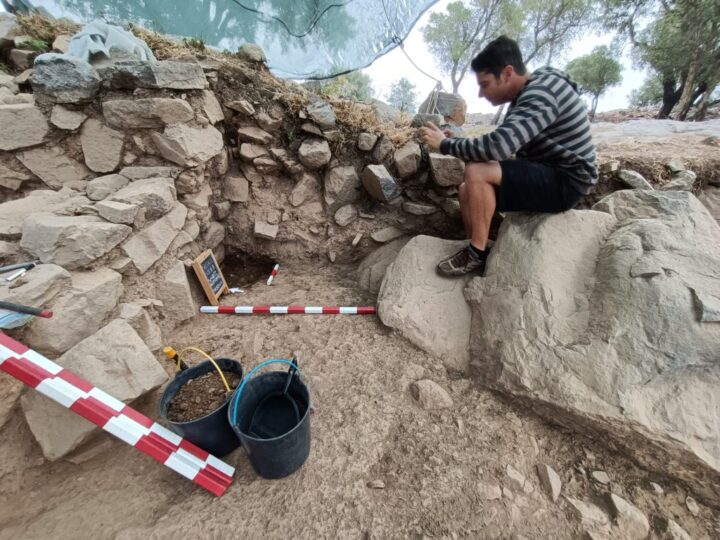
Inside the higher – and more recent – walled enclosure, in an area where the work is coordinated by zooarchaeologist Humberto Veríssimo, attention is focused on the north entrance of the castle – the area where Joaninha was working -, but also in an interior tower discovered this year, attached to the original wall and, therefore, of later construction, «possibly from the mid-XNUMXth or early XNUMXth century, of caliphate construction».
«We will have to expand the area of the survey, to try to find out more», explains Fábio Capela, adding that here too «interesting pieces appeared, such as a little pointer or chisel, perhaps in bronze». But most of the estate is made up of fragments of ceramics, of pots, but above all of tiles.
Humberto Veríssimo, as a zooarchaeologist, is particularly interested in the remains of fauna, the bones of animals, which are identified by the patient and meticulous work of archeology students. «At the entrance, in this confusion, with very fragmented fauna remains, two deer teeth emerged. Due to its size, it will eventually be a deer», says Humberto. “Until today, I have not found deer remains here. The remains of goats, sheep, chickens, partridges, some sea fish, probably sea bream, malacofauna, such as clams and oysters, have appeared the most. But I believe they hunted deer and other deer here.”
Because nothing, no information, can be thrown away, «sediments are also being collected for archaeobotany studies».
All of this will allow researchers to get to know better what the world was like and the landscape that surrounded these Islamic soldiers who occupied that fort on the top of the mountain, more than a thousand years ago.
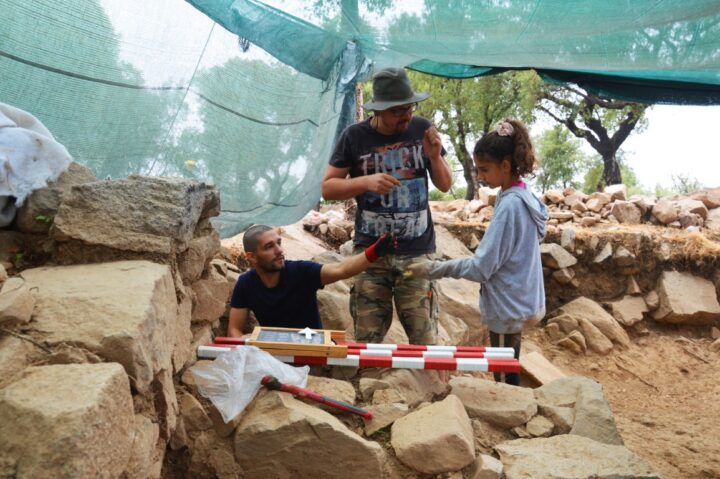
To obtain more and more accurate information, four carbon datings will also be carried out this year, with the financial collaboration of the Algarve Archaeological Association. These dates should be done in the UK, but even at this level Brexit is creating complications. «If it is not in the United Kingdom, it will be in the United States», adds Fábio Capela.
Meanwhile, on the hill of Castelo de Alferce, the excavation campaign officially ends today, 2 September, which will be a day open to the population and to all who want to visit the archaeological site.
But some of the archaeologists, namely Fábio Capela and Humberto Veríssimo, stay there for another week, to carry out a topographic survey of the entire hill, in an area of 1,5 hectares, and follow the intervention of conservation and restoration of the mortars, which should start on the 5th of September, next Monday.
Humberto explains that what will now be done is a «topographic survey on a scale of 1/200 of the entire enclosure and 1/100 of the interior of the castle», accompanied by a «three-dimensional record, in photogrammetry». With this data, it will then be possible to make a «digital reconstruction of the castle, of what we already know today».
But the scientific curiosity of archaeologists does not stop. They admit, because these vestiges are visible, that there was still a third order of walls, external to all the others, but little is known about its extent and chronology.
Therefore, «we are still going to carry out a survey next to that third wall, with a reduced team», in the area where the walking route ends, which will start, 400 meters further down, from the wooden walkway and suspension bridge that will be built in Barranco do Demo, as part of a project to enhance the natural and cultural heritage promoted by the Alferce Parish Council.
«I can work here all my life and there will always be more and more to discover in this hill of Castelo de Alferce», believes municipal archaeologist Fábio Capela.
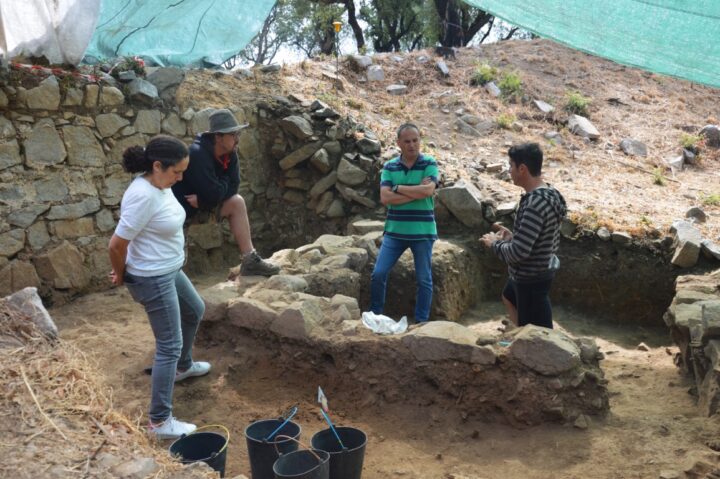
Valorization of the Castelo de Alferce hill about to move forward
When the Sul Informação was about to descend the hill of Castelo de Alferce, the vice president (Humberto Sério) and the councilor for Culture (Helena Martiniano) of the Monchique Chamber arrived at the site, to learn about the progress of the archaeological work and speak with the researchers.
After visiting the excavations and listening to explanations, councilor Helena Martiniano, speaking to the Sul Informação, stressed that this project is «a winning bet, as more and more researchers are finding important data».
The enhancement of this archaeological site, which will include the placement of information panels until the summer of next year, is a project that has been going on for a few years, which includes the creation of an Interpretive Center in the village of Alferce, a few hundred meters from the hill, the creation of a pedestrian path, part of it with a wooden walkway and a suspension bridge over the Barranco do Demo, all paid for with funding from the Padre and Aldeias do Algarve programs (the latter managed by Vicentina). There is now also the idea of creating a viewpoint, at one of the ends of the hill, facing south, from where, on days of visibility, you can see almost half of the Algarve, down there.
This enhancement project, stressed Helena Martiniano, «will help to publicize this archaeological site. The scientific community knows it, but the public still doesn't. And that is what we have to change».
The councilor added that “the tender for the footbridge and suspension bridge is about to be launched”, which will make it possible to create a pedestrian route between the village of Alferce and Cerro do Castelo.
Research project involves several entities
The Multiannual Research Project in Archeology entitled “From Recent Prehistory to the Islamic Medieval: ancient human occupations on Cerro do Castelo de Alferce”, promoted by the Monchique Chamber, has been in force since 2020, in partnership with the Universities of the Algarve and Évora and the Mértola Archaeological Field, and the support of the Alferce Parish Council and the Algarve Archaeological Association.
The Cerro do Castelo de Alferce is a fortified village that occupies a rocky elevation with a maximum altitude of 487 meters, in the Monchique mountains. The archaeological site is composed of three non-concentric walled enclosures, and the one commonly called Castelo de Alferce corresponds to the upper fortified enclosure, where the investigations are taking place.
The fortification consisted of three orders of walls: an upper fort of the qasr type (alcácer), a belt of walls about 36 meters from the fort and a third fence surrounding the entire hill, with about 9 hectares of intramural area.
In addition to the Umayyad-Islamic occupation (XNUMXth-XNUMXth centuries AD), the hill contains archaeological remains that can be traced back to Late Prehistory, namely the Bronze Age (XNUMXnd millennium BC).
Photos: Elisabete Rodrigues | Sul Informação
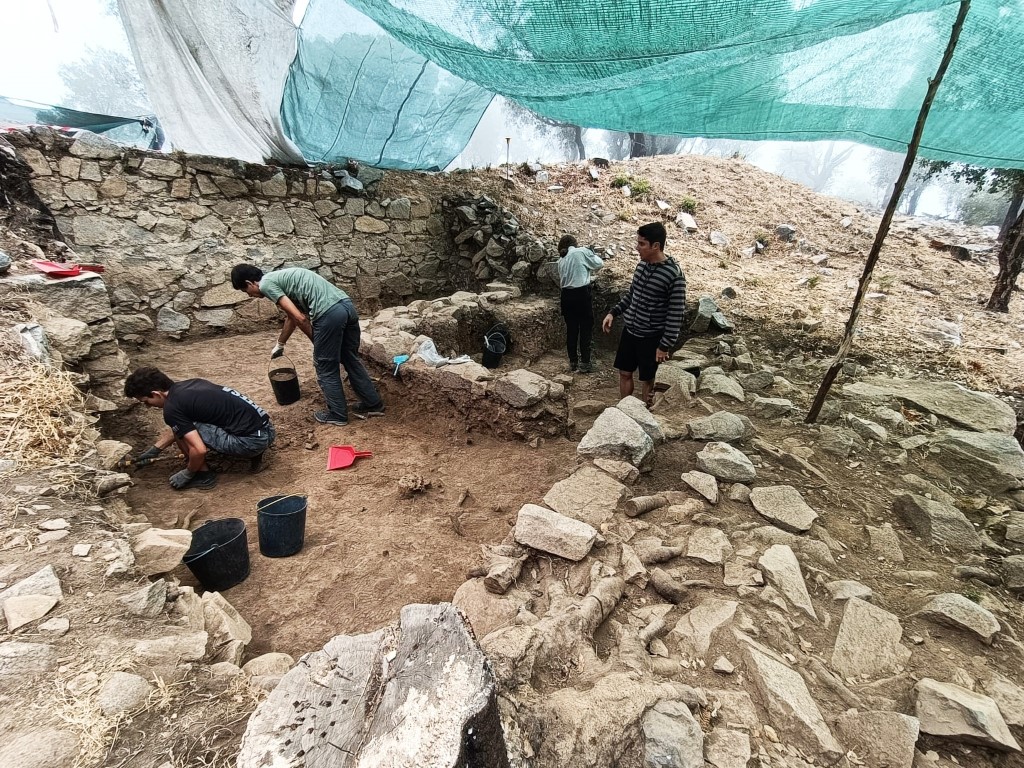
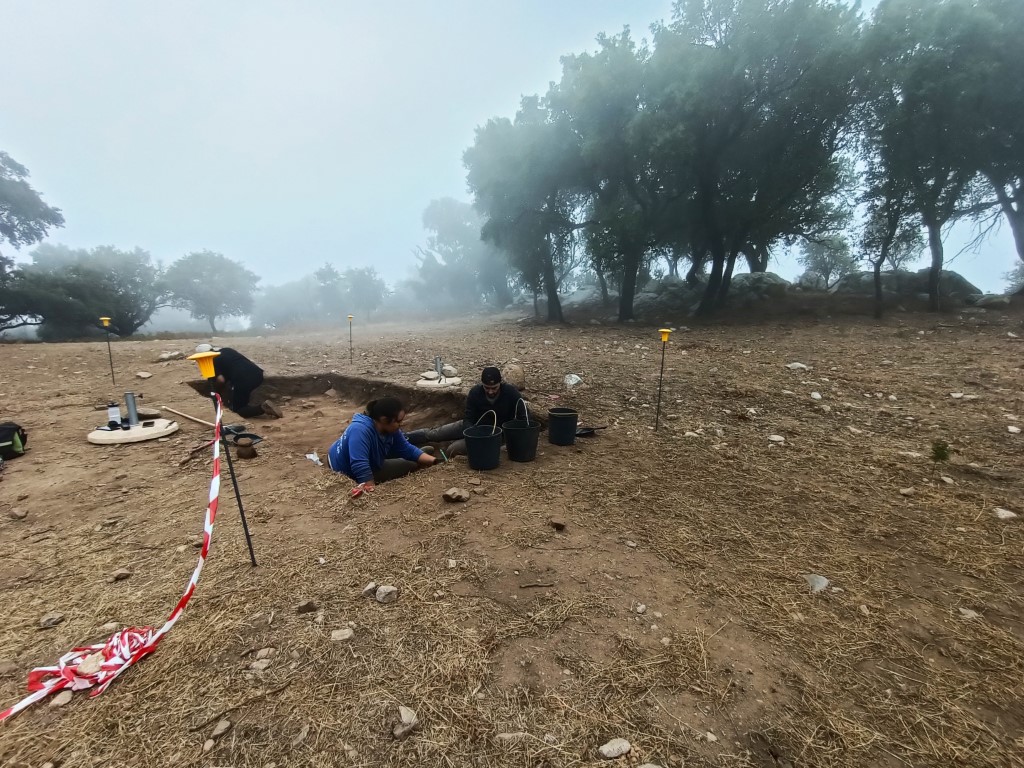
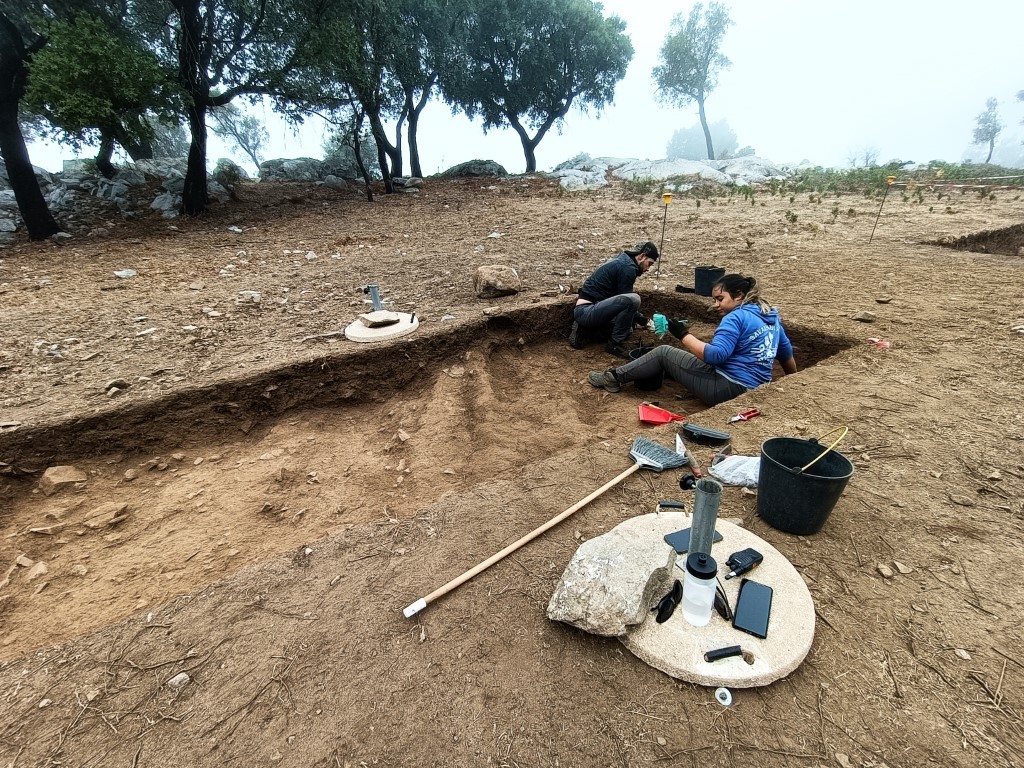
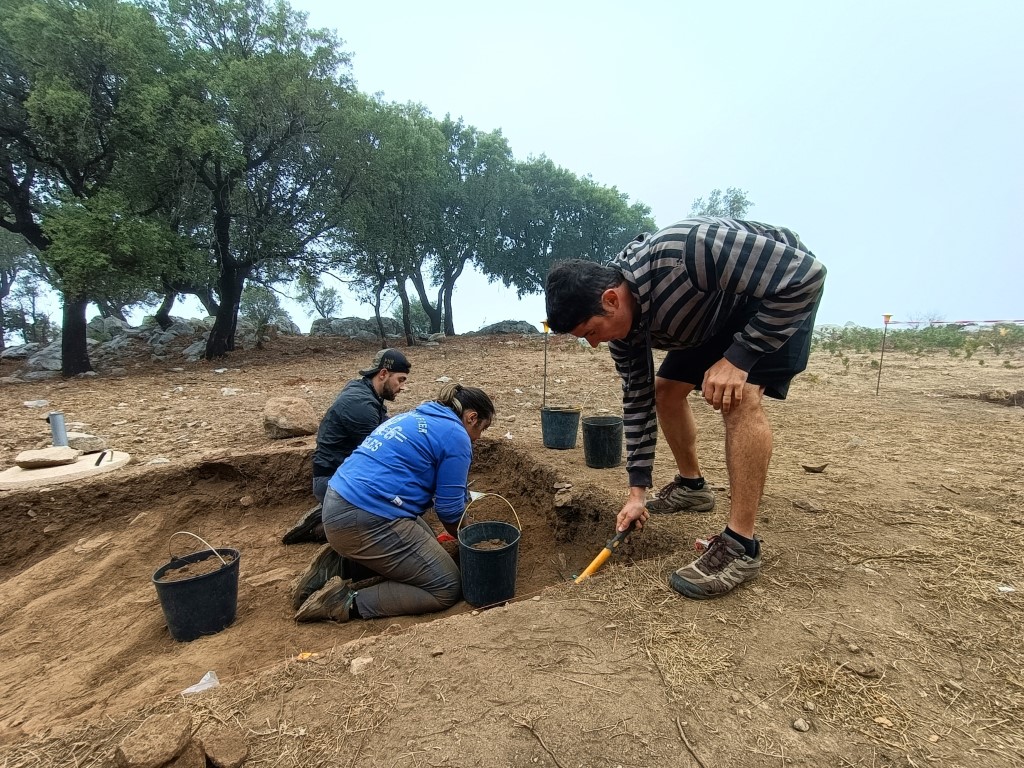
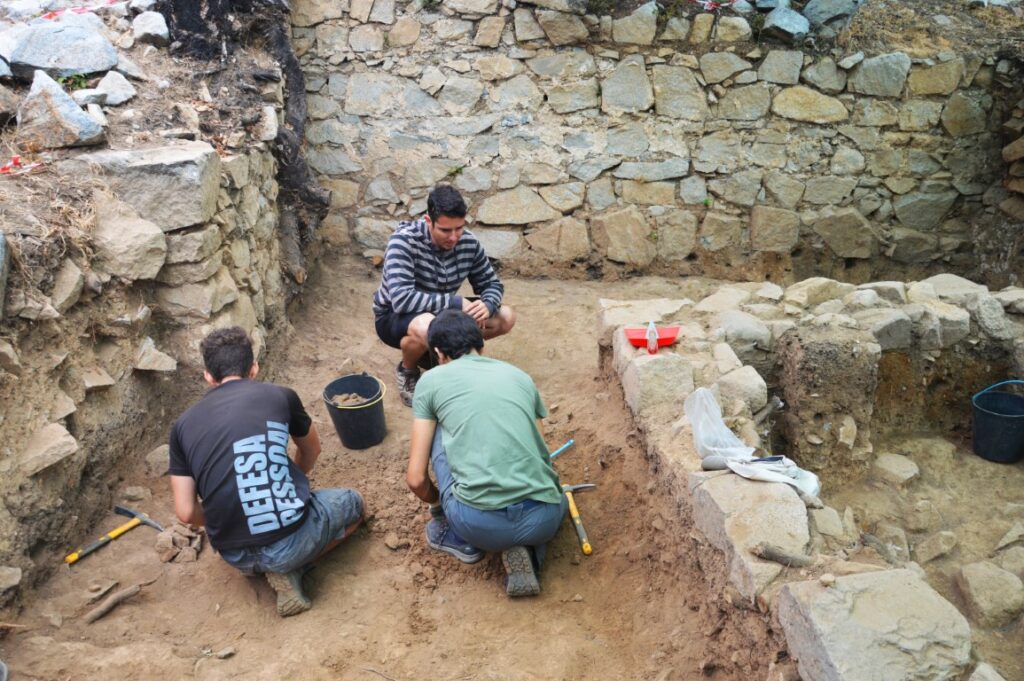
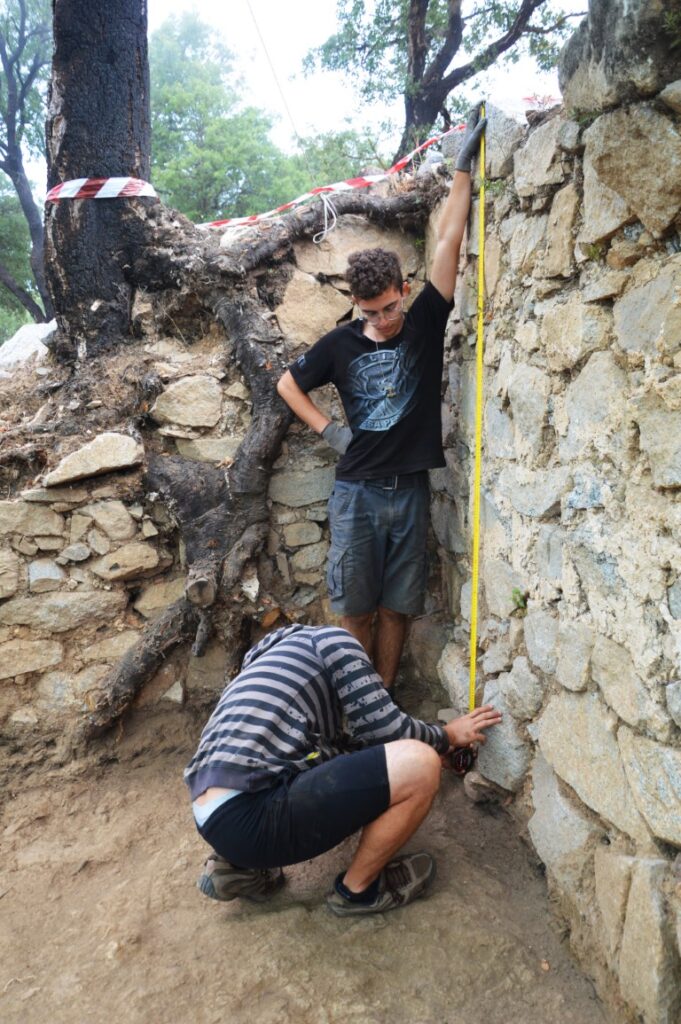
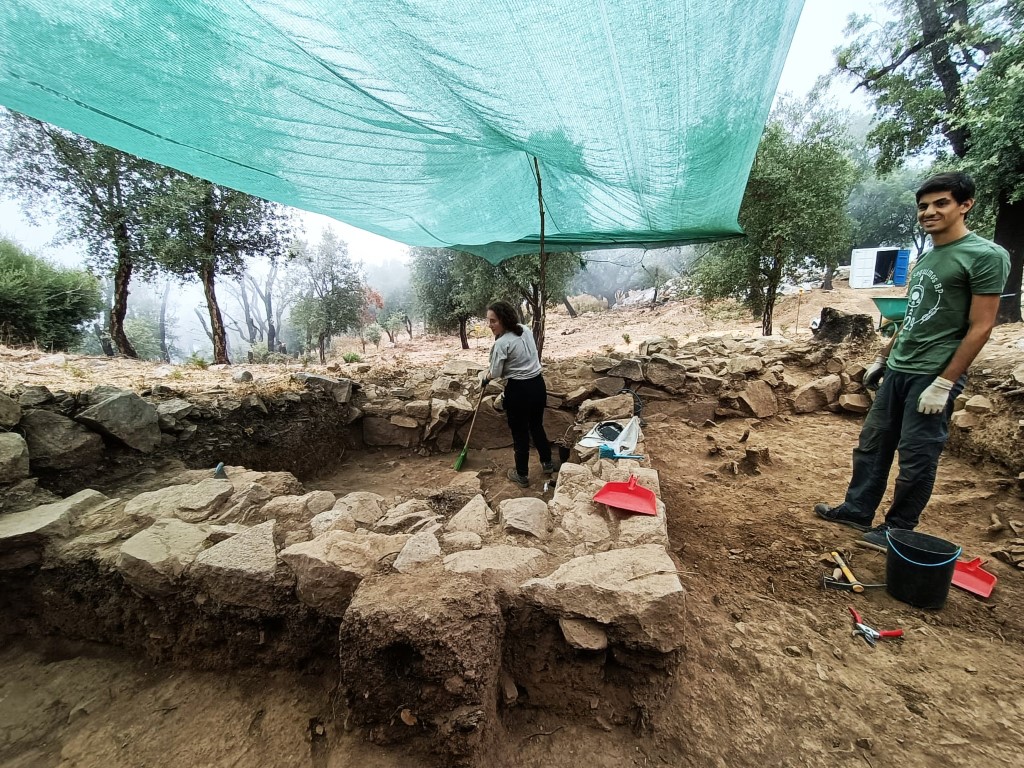
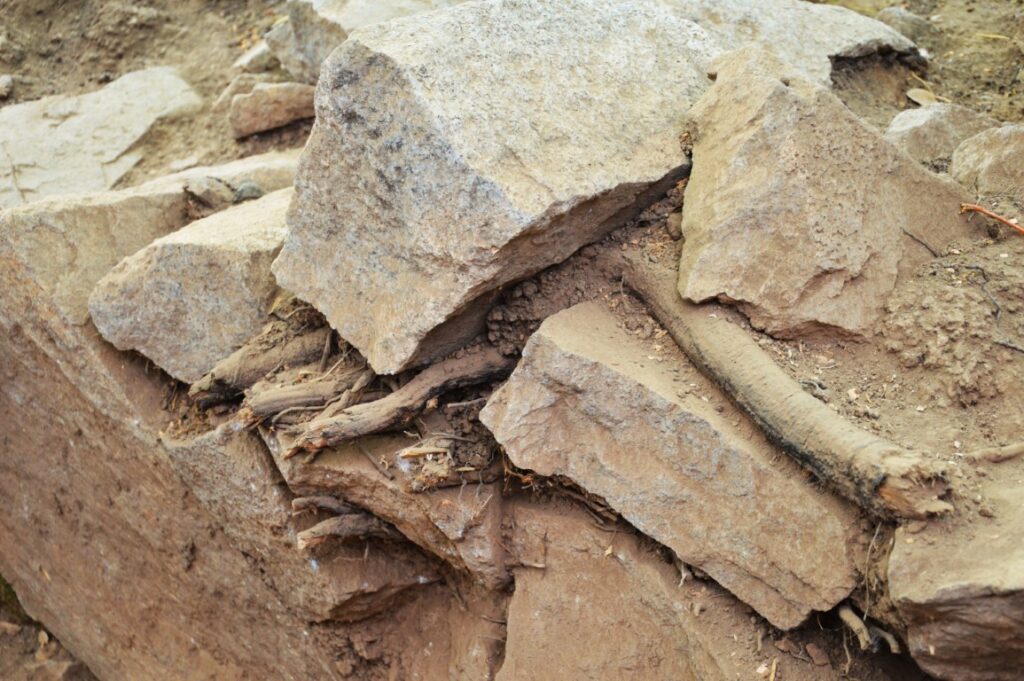

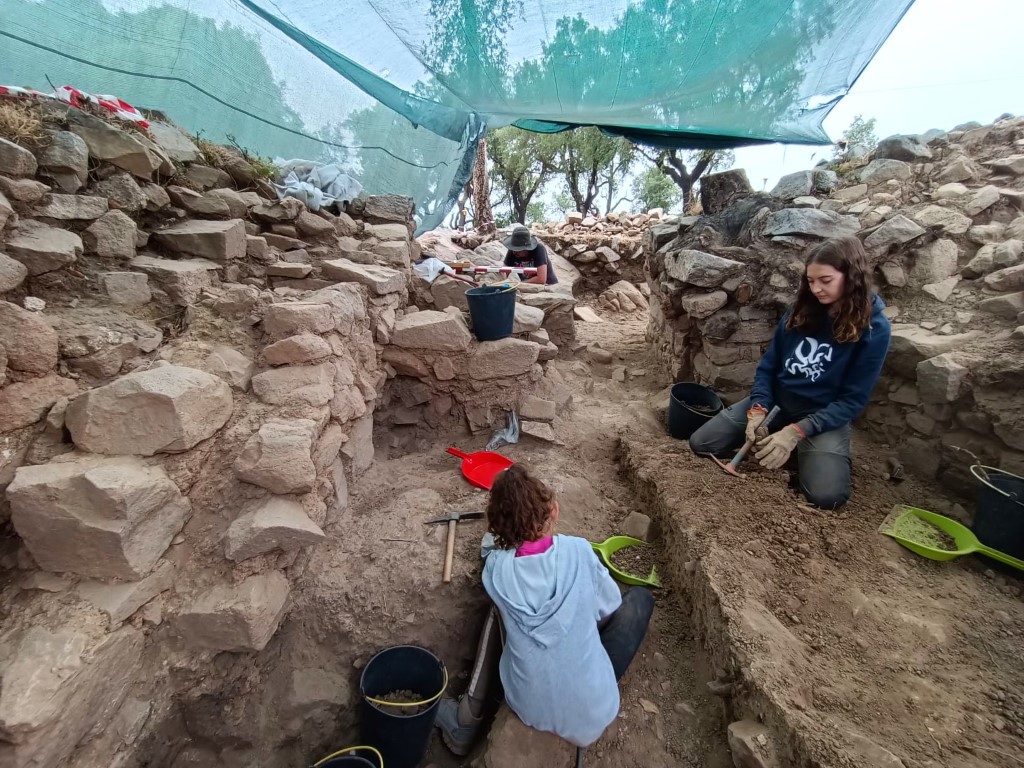
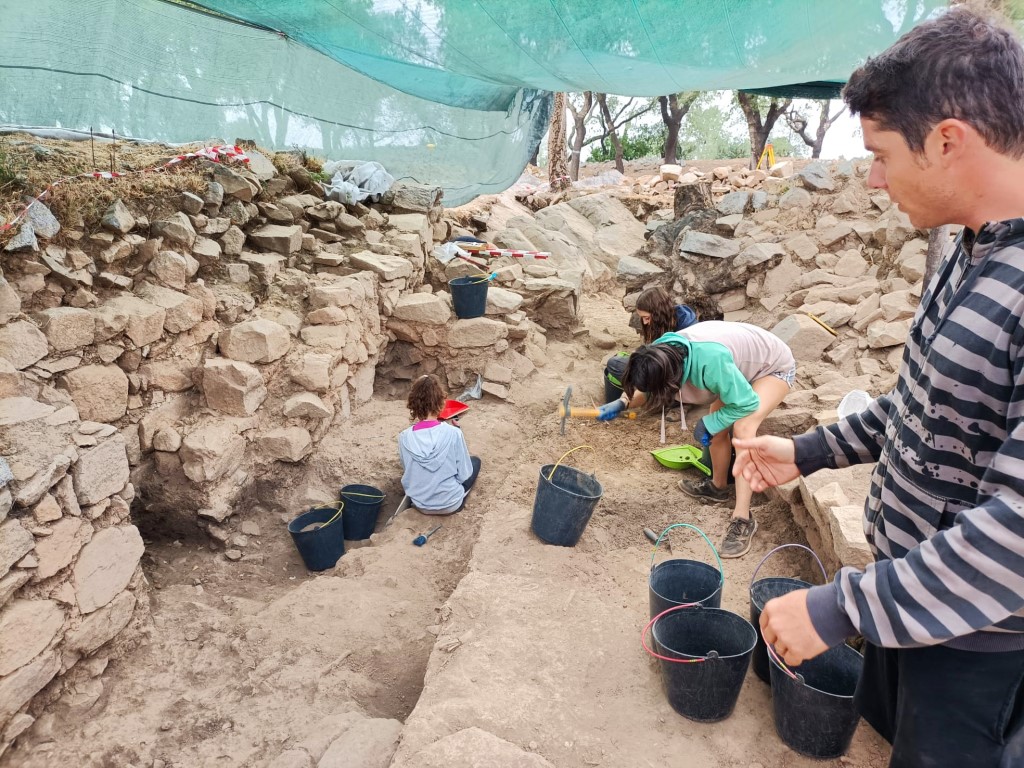
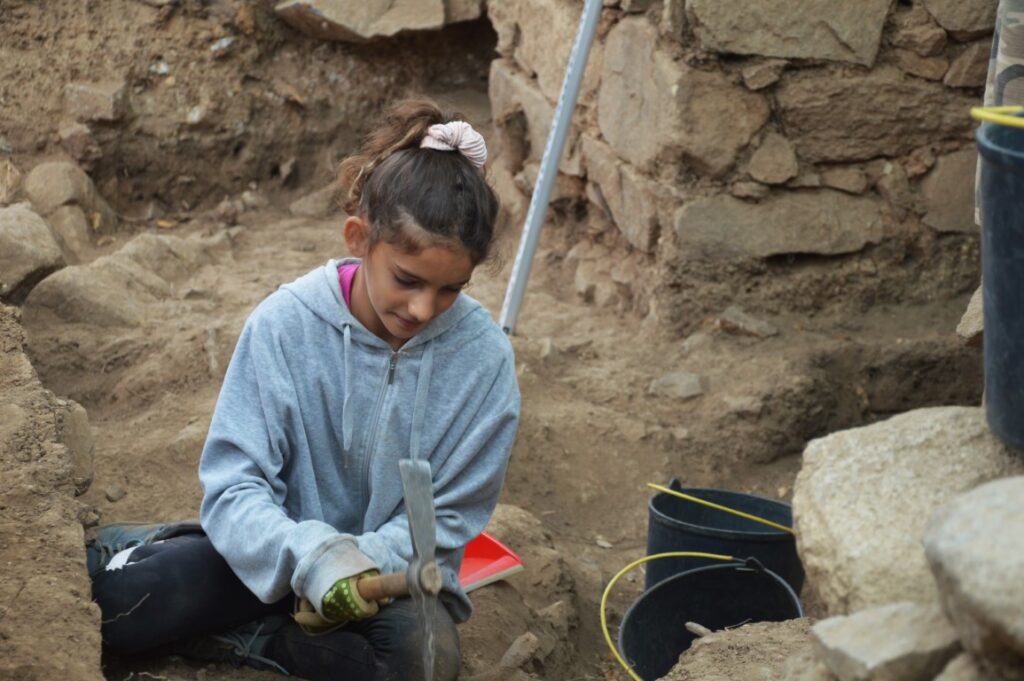
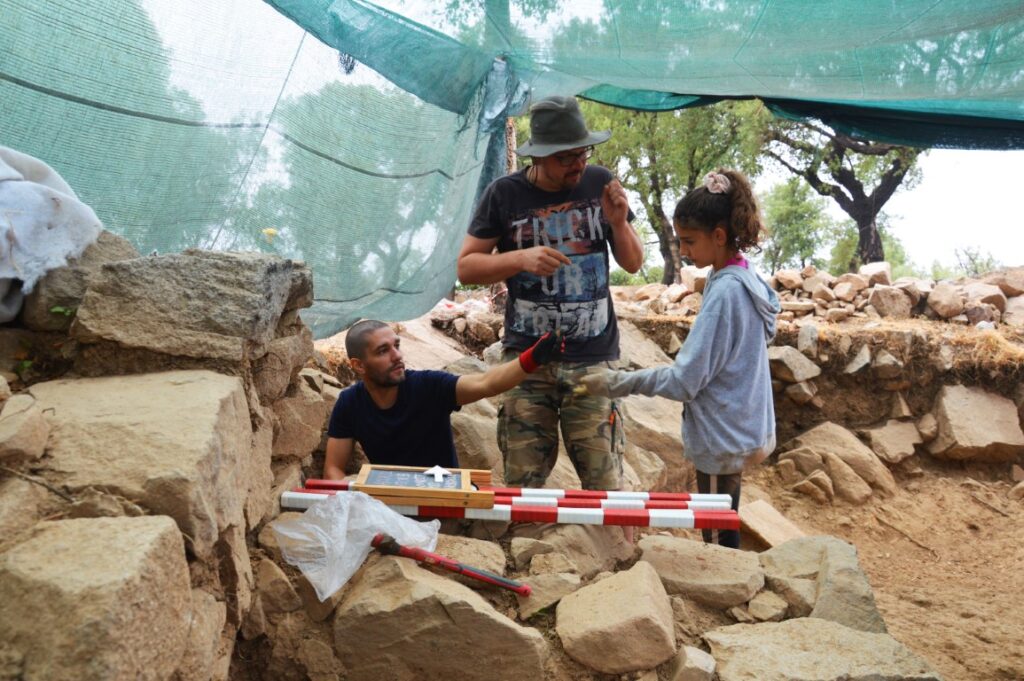
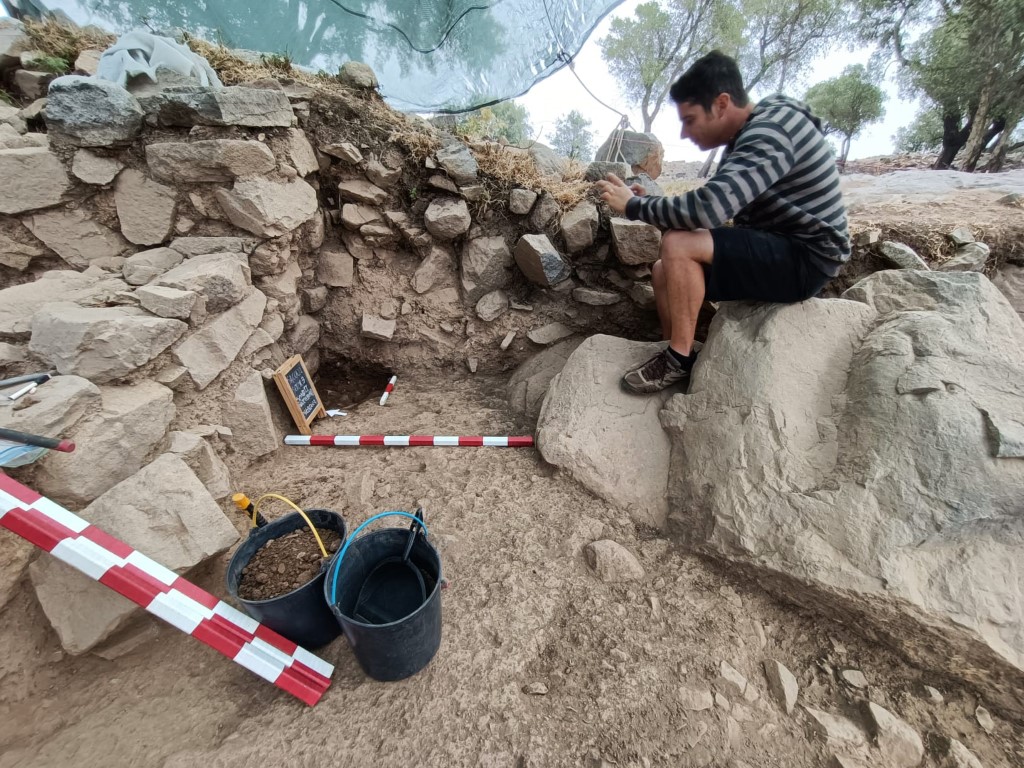
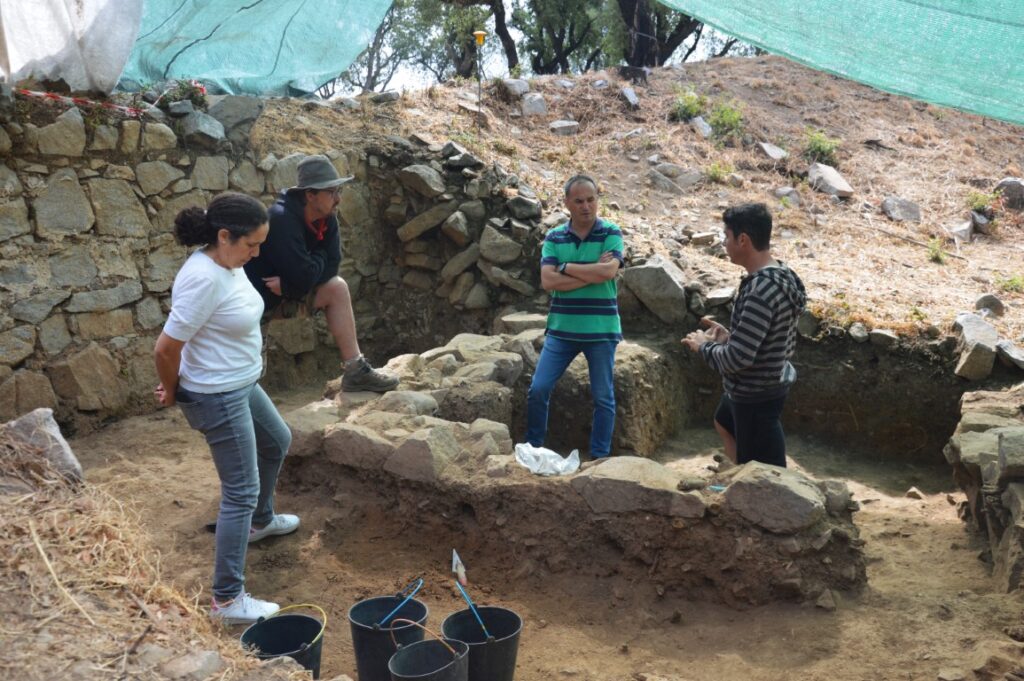
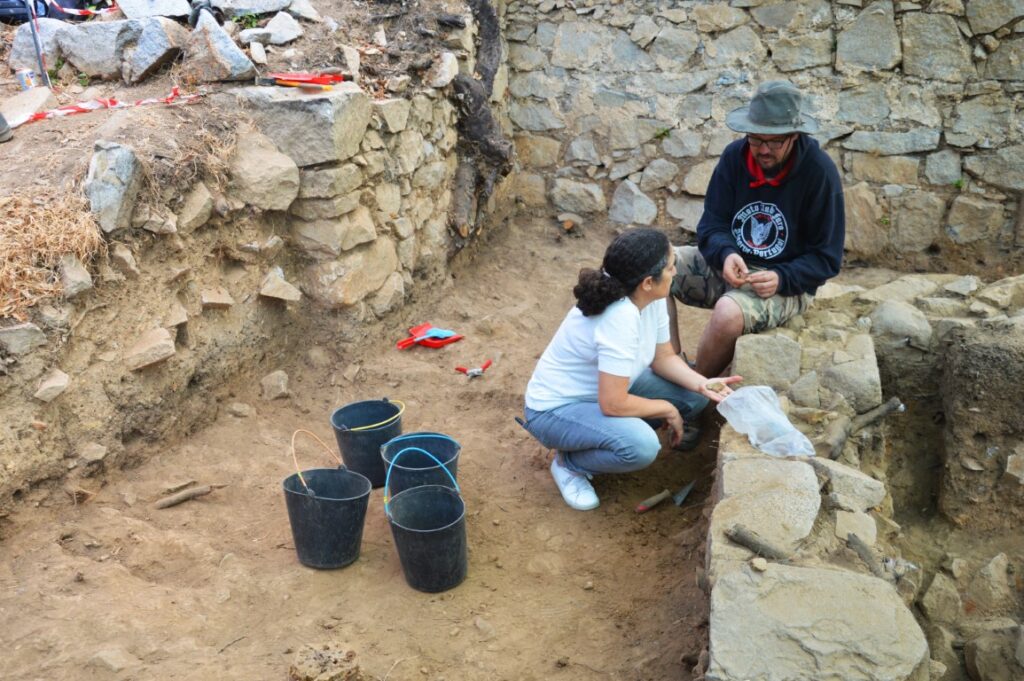
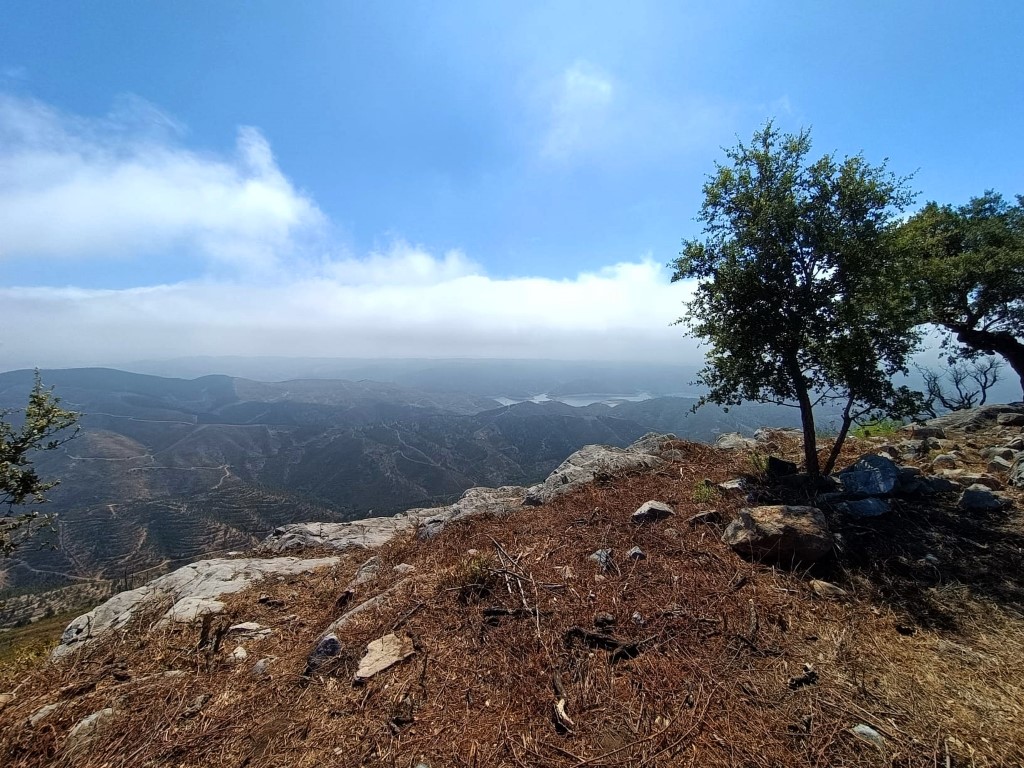



















Comments